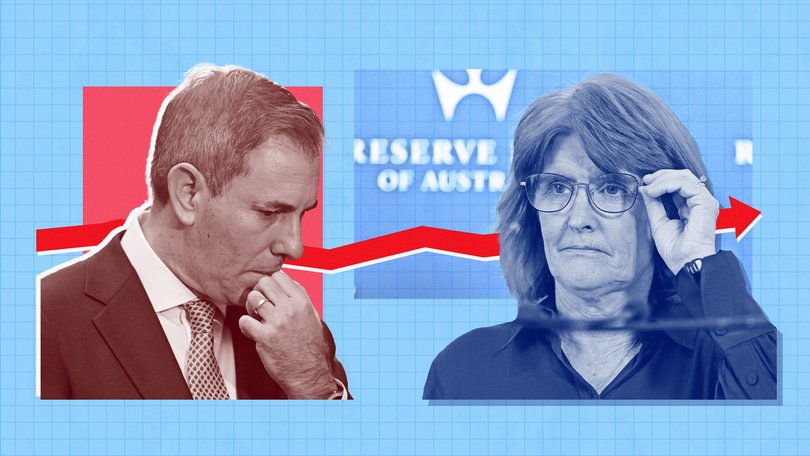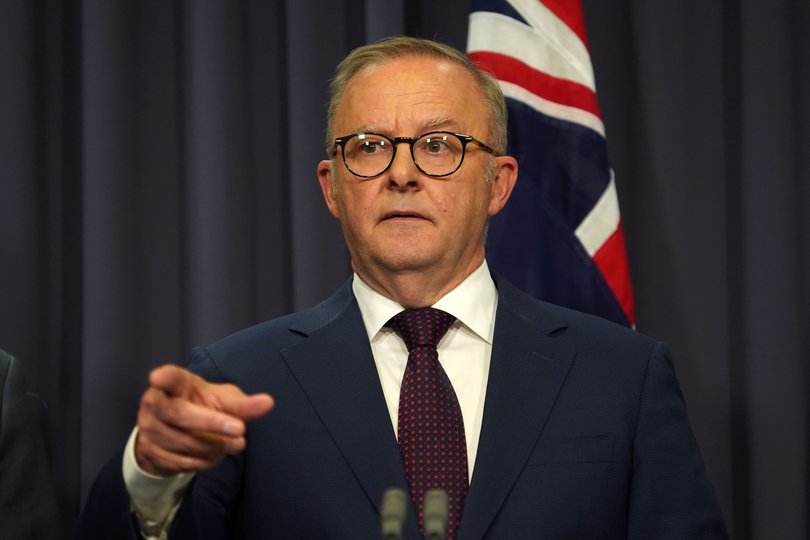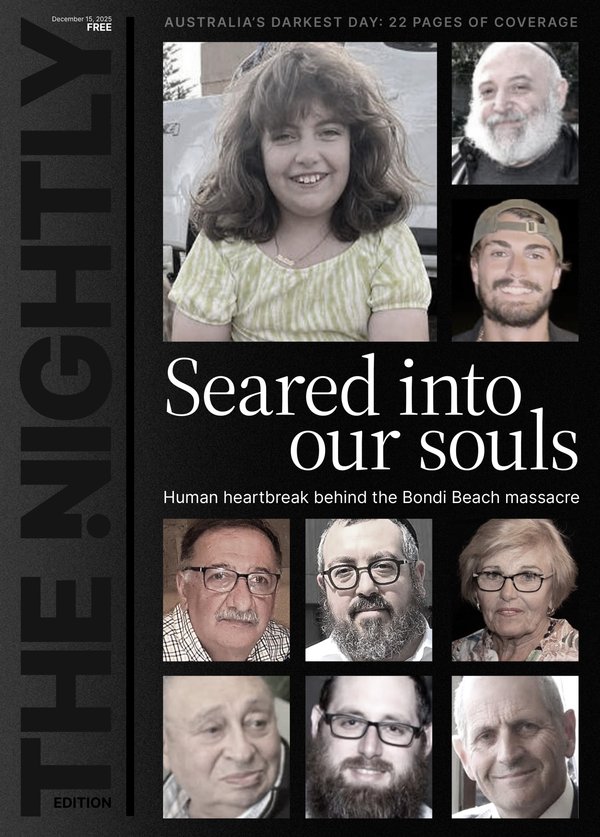Reserve Bank interest rates: Promises of a cut in 2024 were too optimistic but the tone has changed for 2025

Aussie borrowers might be feeling déjà vu heading into the new year as commentators line up to forecast an interest rate cut within months.
It’s much the same as late in 2023, when a queue of experts were locking in predictions of relief before 2024 was over.
But that was always optimistic. Too many misjudged the Reserve Bank’s resolve in fighting inflation and underestimated Australia’s big jobs boom.
Sign up to The Nightly's newsletters.
Get the first look at the digital newspaper, curated daily stories and breaking headlines delivered to your inbox.
By continuing you agree to our Terms and Privacy Policy.Will 2025 be any different?
Investors seem to think so, and markets judge a roughly two-in-three chance of a cut by February.
That would be a relief for hard-up households and for Prime Minister Anthony Albanese, who would tout it as a sign the cost of living crisis is finally coming to an end as the country heads to a Federal Election.

Cause for a pause
History gives the RBA plenty of bone-chilling precedents showing what happens when inflation is let loose and the towel is thrown in before the fight is over.
Australia needed nearly two decades to crush the 1970s inflation outbreak, a roller-coaster period when the economy endured recessions and stagnation. It only ended in the early 90s with high unemployment and interest rates north of 17 per cent.
The country was not alone in those battles — and the key lesson for economists was to focus central banks on targeting inflation, where they can be most effective.
But the RBA endured severe hits to its credibility in the aftermath of the pandemic. Public confidence in the bank is crucial to doing the job, so the board has extra reason to be cautious about lowering interest rates.
Governor Michele Bullock has declared the RBA wants to walk a “narrow path”, bringing down inflation without hitting the jobs market for six.
Australia has avoided a big lift in unemployment, but growth has been weak, and the average Aussie’s slice of the pie has been shrinking for nearly two years. That is effectively undoing some of the unsustainable sugar hit enjoyed during the stimulus-filled post-pandemic recovery.
Spending has been stuck at a level which the RBA believes is higher than what the economy can produce, pushing up prices. That has been most visible in services industries — which rely heavily on labour — with rising prices for schools, insurance and rents all above the RBA target zone.
The good news
Core inflation has roughly halved from its peak, running at 3.5 per cent in the most recent Australian Bureau of Statistics figures.
The slowdown has helped the RBA gradually become more confident inflation is slowly falling back into the target zone of 2 to 3 per cent. Minutes from the bank’s December 10 board meeting show increased optimism about the battle.
While the evidence was not yet certain enough to lower interest rates, the RBA board did ditch the long-running warning that it was “not ruling anything in or out”.
Economists roundly saw that as a “dovish” shift — meaning the board is sounding softer than before — paving the way for a cut. It follows a gradual change in the Reserve’s tone through the past six months.
Ms Bullock moved in August to rule out rate cuts for the remainder of the year, after a brief financial market panic sparked calls for urgent relief.
By December, the economy’s slow growth was becoming a bigger worry and Ms Bullock’s message to borrowers was quite different.
“We’re not saying that we’ve won the battle against inflation yet,” she said. “But we’re saying we’ve got a little bit more confidence that things are evolving as (predicted) in our forecasts.”
Jobs boom
Australia’s jobless rate closed out the year at just 3.9 per cent and there’s been no shortage of adjectives describing the surprisingly hot employment market.
“Bulletproof”, “solid”, and “remarkable”, take your pick.
There’s also been no shortage of Australians ready to take on new jobs, with ABS data showing 335,000 roles created in the 12 months to November. That’s come despite the elevated interest rates to crush inflation, and sluggish economic growth.
Three key factors helped the jobs market beat expectations.
The country’s working age population grew dramatically through the period, rising by about 500,000 people, amid a surge in migration.
A record share of Australians are participating in the labour market — either in jobs or looking for work — at about 67.1 per cent in October.
Both factors mean a big supply of workers that has helped ease the shortages of the post-COVID era. Demand for staff has also been buoyant thanks in part to surging government spending.
Public sector jobs lifted 6.4 per cent through to November, a much faster pace than the 1.7 per cent growth in the private sector.
All good news for the RBA, which wants the jobs market to remain resilient while it fights to bring prices under control.
“It’s true that the market sector in employment isn’t growing and the non-market sector is,” Ms Bullock said late in November.
“Growth in employment in the non-market sector is actually good, it’s teachers, it’s nurses, it’s aged care workers. These are all people that we need.”
But economists disagree over exactly how long the unemployment rate can stay so low.
Most think the jobless rate will return over time to a long term sustainable level called “full employment”. Pushing unemployment lower requires stimulus, is temporary, and sparks higher inflation.
Yet judging the magic number precisely is a bit like measuring the size of the Earth using the sun and two sticks — it’s hard to be exact.
The RBA reckons the sustainable unemployment rate will be about 4.5 per cent, meaning plenty of steam still needs to come out of the labour market.
Both Commonwealth Bank’s Gareth Aird and AMP’s Shane Oliver believe it is much lower, however, which would add to the argument for a rate cut.
